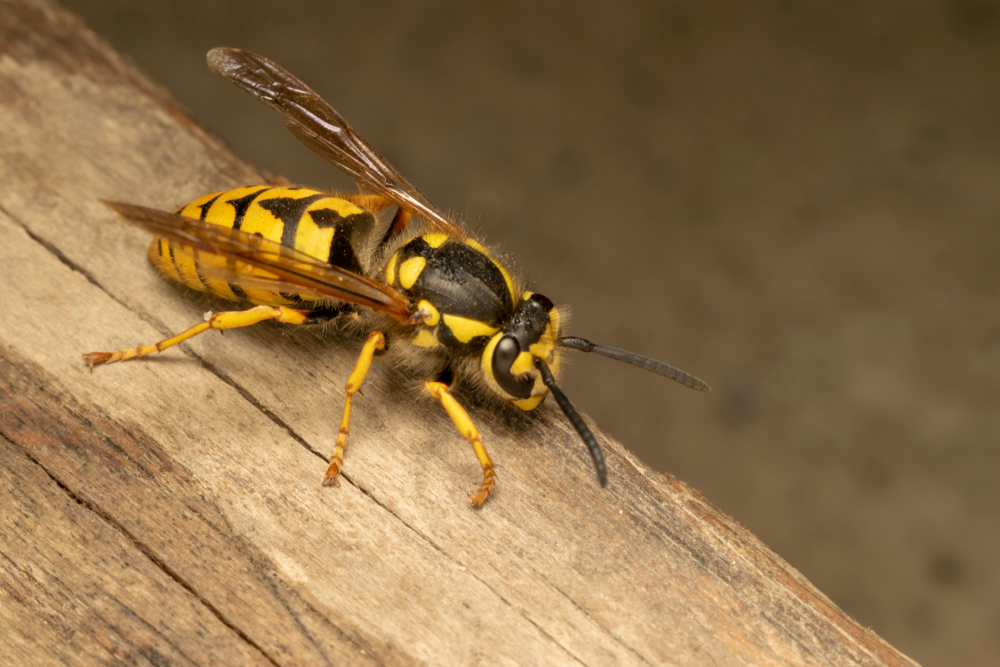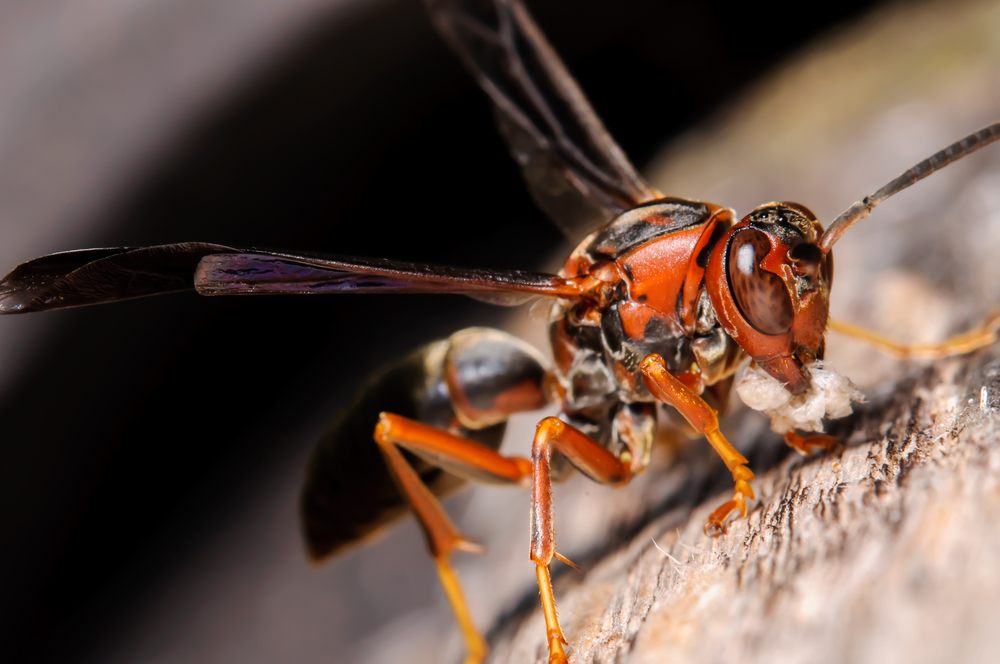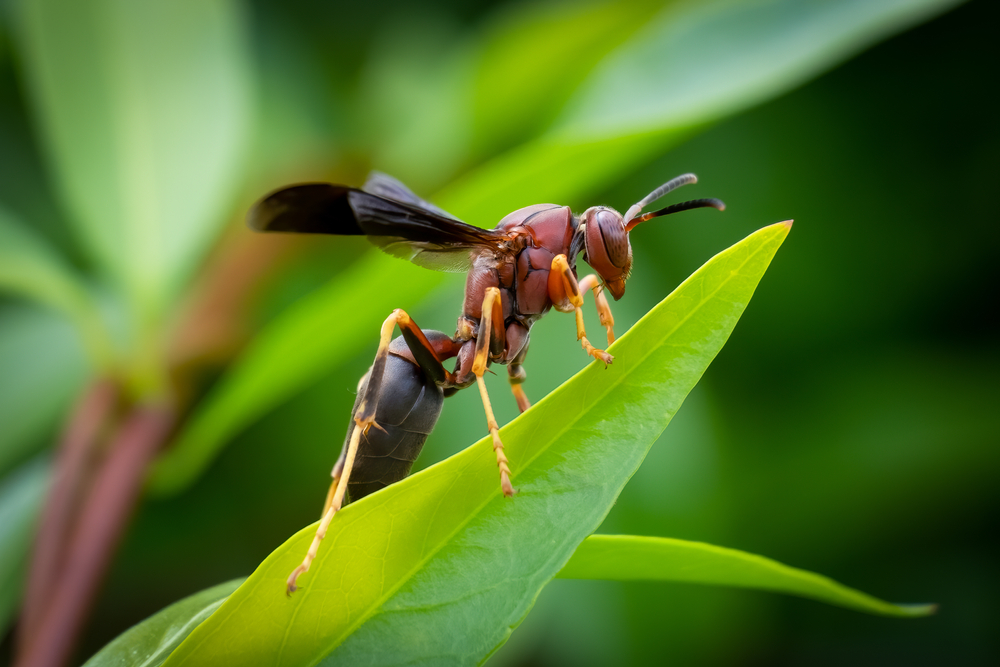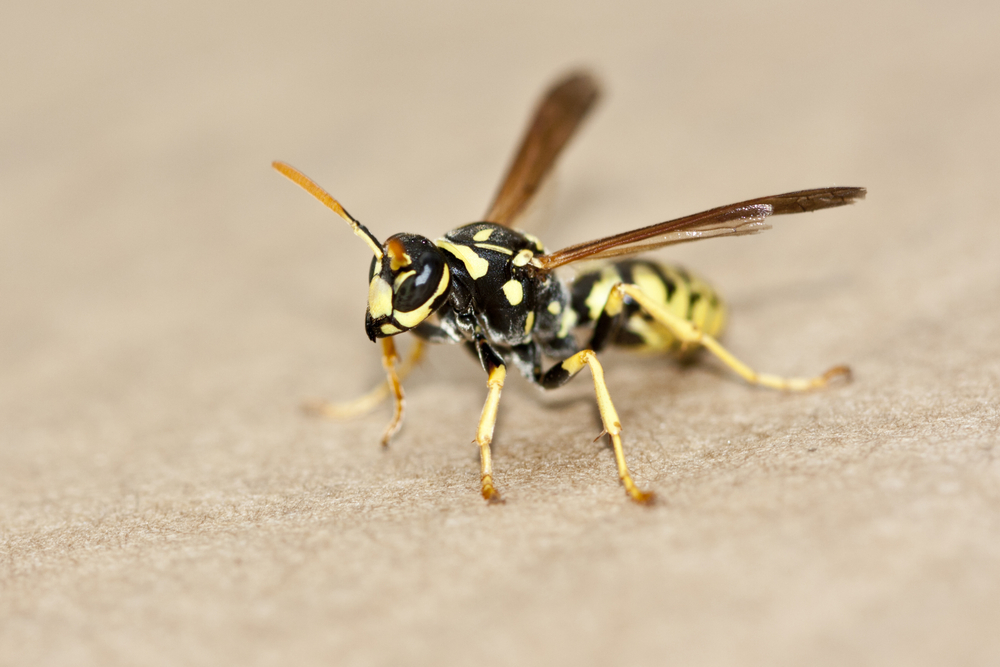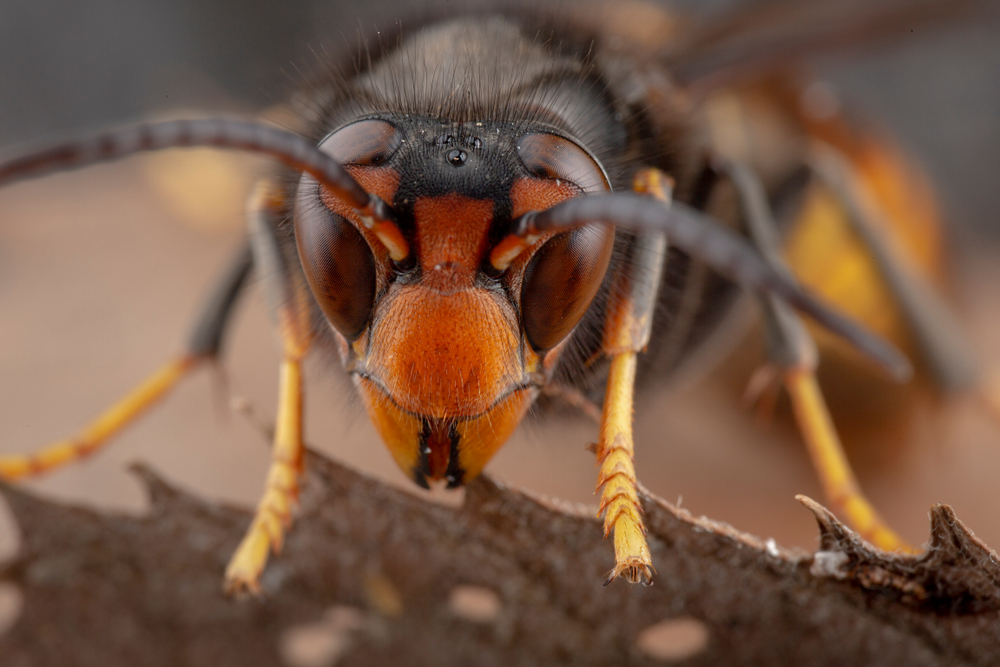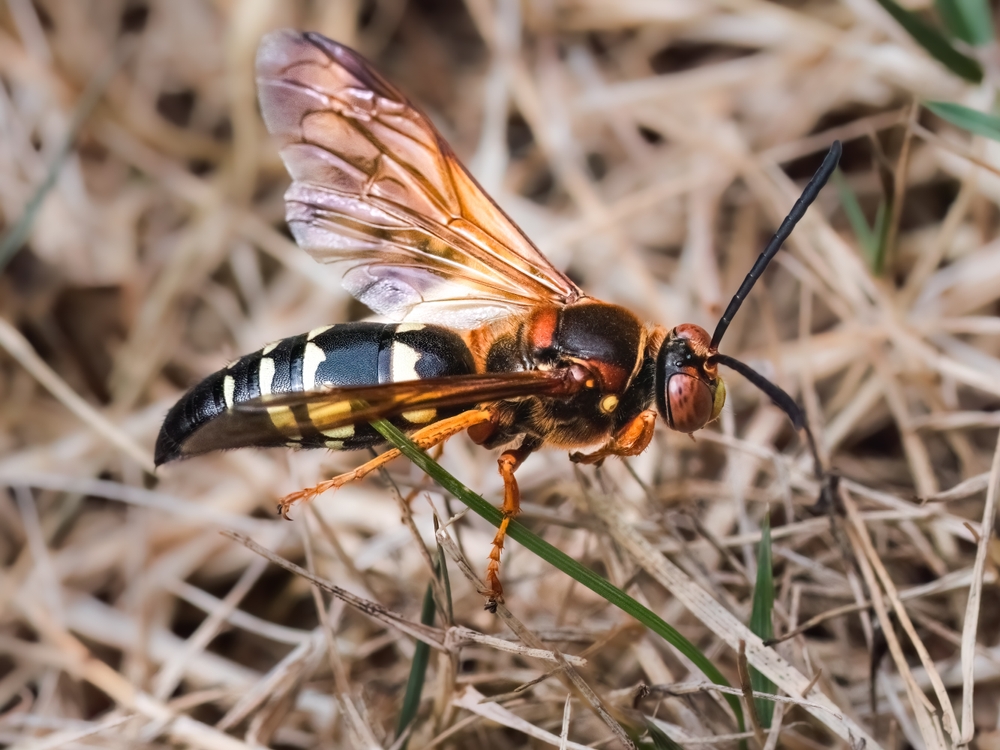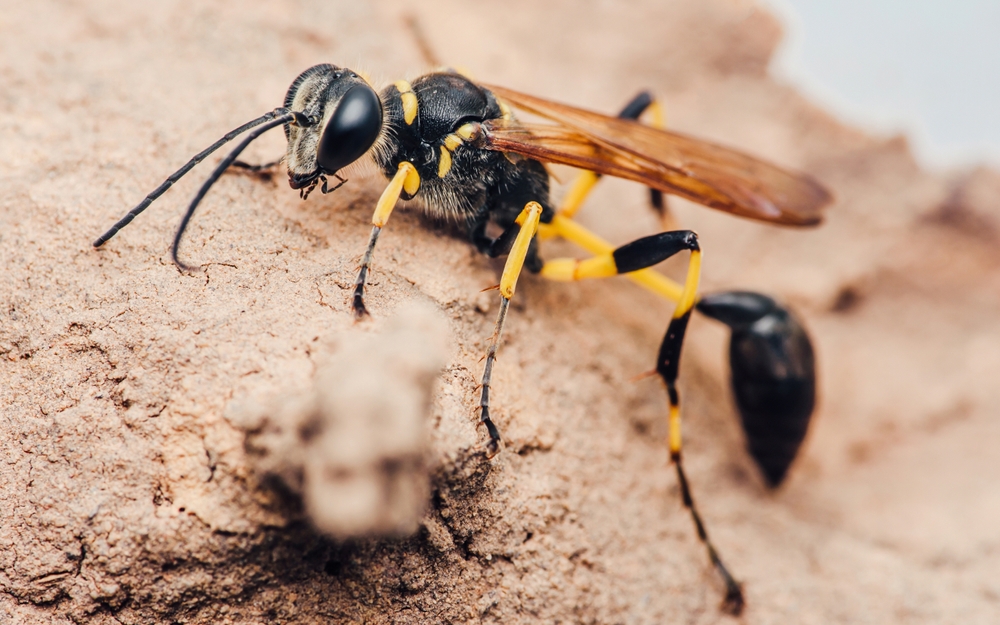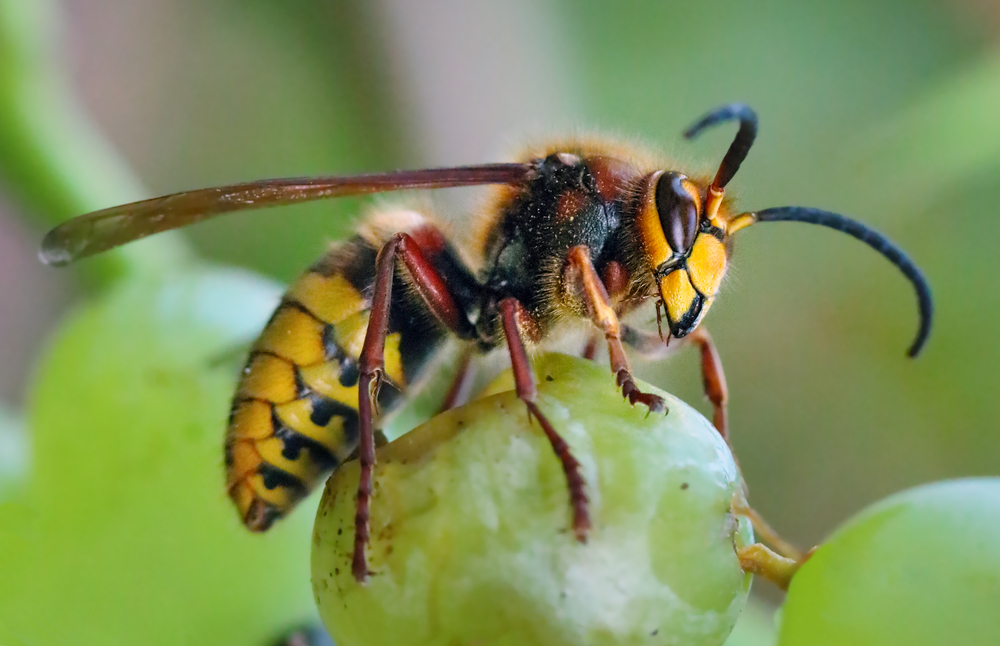About
#Insect
The German wasp is an aggressive, highly adaptable social wasp native to Europe, North Africa, and parts of Asia. It has also become invasive in regions such as New Zealand, Australia, South America, and North America. Similar in appearance and behavior to the common wasp (Vespula vulgaris), the German wasp thrives in urban, rural, and forested environments—often nesting underground or inside wall cavities.
Adults measure 12–16 mm (0.5–0.6 inches) in length. They are yellow and black with bold bands on the abdomen and distinctive three small black dots on the face, which help distinguish them from other wasp species. Like other Vespulawasps, they have smooth stingers and can sting repeatedly.
German wasps are eusocial insects that form large colonies of up to 5,000 individuals. A fertilized queen begins the colony in spring, laying eggs that develop into workers who take over nest expansion, food collection, and brood care. Nests are made of chewed wood pulp, forming large, papery structures hidden underground, in tree hollows, wall voids, or roof spaces.
They are omnivorous, feeding on insects, carrion, sugary liquids, and human food waste. In late summer, worker wasps become more aggressive in scavenging sugary foods, increasing their encounters with humans and raising their pest status.
Reproduction occurs in late summer and fall, when the colony produces new queens and males. After mating, the males die, and fertilized queens seek shelter to overwinter and start new nests the following spring. The rest of the colony perishes with the onset of cold weather.
The German wasp’s scientific name is Vespula germanica, and it belongs to the family Vespidae.
Threatened:
Extinct
Critically Endangered
Endangered
Vulnerable
Near Threatened
Least Concern



































































